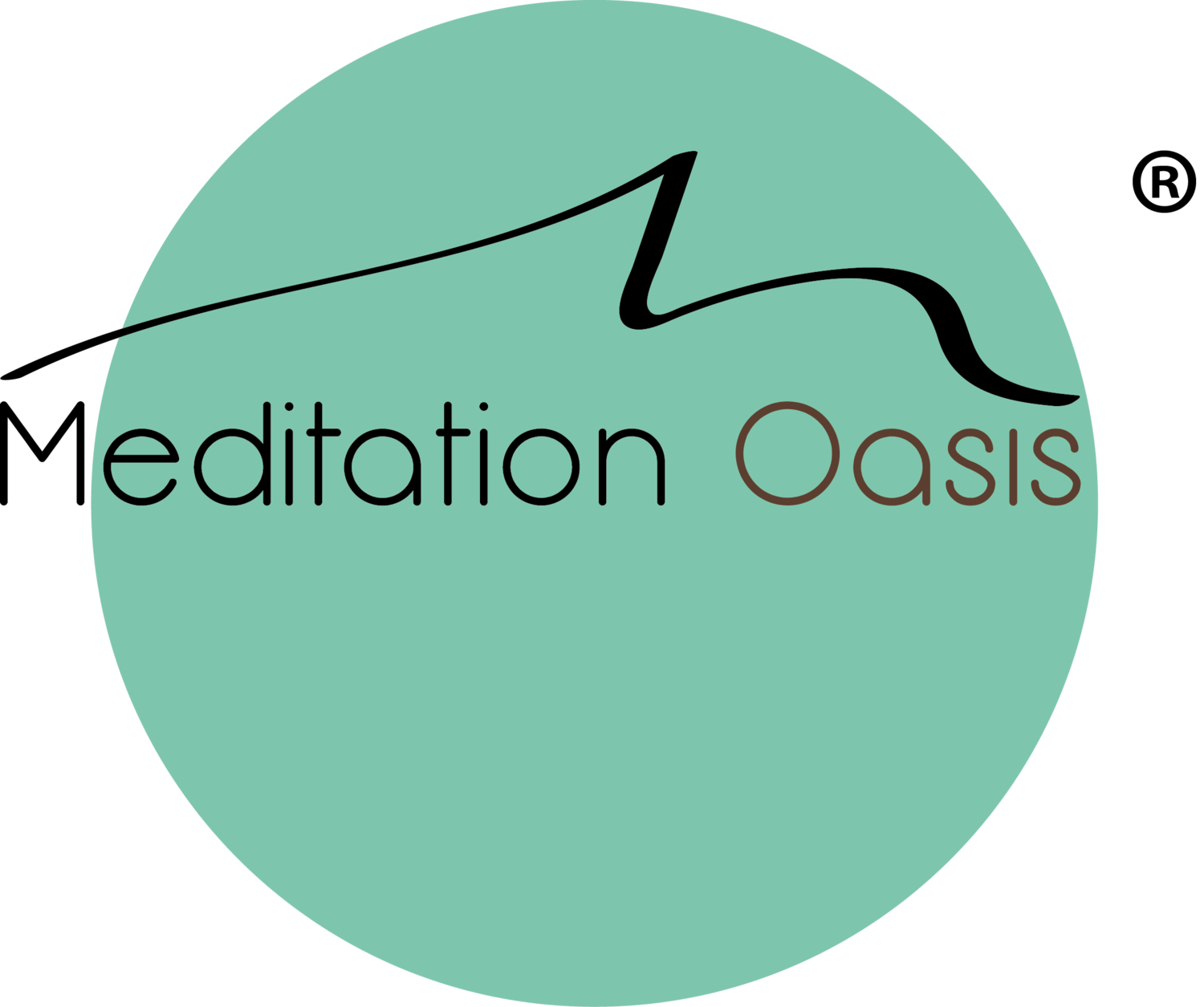Breathing Meditations
How to Meditate Using the Breath
Many meditations involve focusing on the breath. We offer two variations of breathing techniques. This is perhaps the easiest way to begin meditating and you may never need to look further. Begin with the Breath Awareness Meditation and when you find that you are able to follow the breath for periods of time, you can try the Stillness in the Breath meditation.
Posture: It is preferable to sit while doing these breath meditations. Sitting up is more conducive to meditation as the mind is more likely to remain alert. Sit upright with the spine as straight as possible while remaining comfortable. Don't strain in any way to make the spine straight. It's important to be comfortable so that you can relax completely.
Breath Awareness Meditation
Listen to our Breath Awareness Meditation or read instructions below:
Sit comfortably and close your eyes. Take a few moments to "simply be". Notice whatever is being experienced in the moment -- sounds, physical sensations, thoughts, feelings -- without trying to do anything about it. Continue like this a little while, allowing yourself to settle down.
Now bring the attention to the breath. Simply notice the breath as it moves in and out as the body inhales and exhales. Notice how the breath moves in and out automatically, effortlessly. Don't try to manipulate it in any way. Notice all the details of the experience of breathing -- the feeling of the air moving in and out of the nose, the way the body moves as it breathes, etc.
The mind will wander away from the breath -- that's fine, it doesn't matter. That's a part of the meditation! When you notice that you are no longer observing the breath, easily bring your attention back to it.
Let all of your experiences -- thoughts, emotions, bodily sensations -- come and go in the background of your awareness of the breath. Notice how all of your experiences -- thoughts, emotions, bodily sensations, awareness of sounds and smells -- come automatically and effortlessly like the breath.
In time, you can become aware of the tendencies of your mind. You will see how it resists certain experiences and tries to hold onto others. The natural settling down of the mind allows you to notice these underlying tendencies and creates the possibility to let them go. If you experience a resistance to what is occurring, an attempt to change what is happening, a tendency to hold on to some experience -- let it go.
Stillness in the Breath Meditation
Listen to our Stillness in the Breath Meditation or read instructions below.
This is a variation on the Breath Awareness Meditation that you can try if you find you are able to watch the breath for periods of time. Start as above and when you are settled into the process of observing the breath, become aware of the point at which the breath turns the corner from the inhalation to the exhalation, and from the exhalation to the inhalation. Notice what is there. It is not a thing -- it is a gap between the breaths, nevertheless there can be awareness of it. It is a kind of "still point".
Continue to bring your attention to that still point, bringing your attention back to the gaps in the breath whenever it has wandered away. As you continue practicing this meditation, you may find that the stillness is no longer experienced as discrete gaps between the breaths, but is a more continuous experience. This cultivates the awareness of the stillness that is present in the midst of activity, and can create a profound experience of peace.
Our Meditation Guidelines will help support your experience with these meditations. If the process is difficult in any way, read our Difficulty Meditating page.
